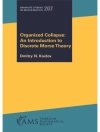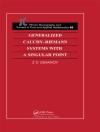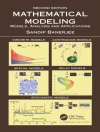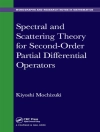The scientists of the seventeenth and eighteenth centuries, led by Jas. Bernoulli and Euler, created a coherent theory of the mechanics of strings and rods undergoing planar deformations. They introduced the basic con- cepts of strain, both extensional and flexural, of contact force with its com- ponents of tension and shear force, and of contact couple. They extended Newton’s Law of Motion for a mass point to a law valid for any deformable body. Euler formulated its independent and much subtler complement, the Angular Momentum Principle. (Euler also gave effective variational characterizations of the governing equations. ) These scientists breathed life into the theory by proposing, formulating, and solving the problems of the suspension bridge, the catenary, the velaria, the elastica, and the small transverse vibrations of an elastic string. (The level of difficulty of some of these problems is such that even today their descriptions are sel- dom vouchsafed to undergraduates. The realization that such profound and beautiful results could be deduced by mathematical reasoning from fundamental physical principles furnished a significant contribution to the intellectual climate of the Age of Reason. ) At first, those who solved these problems did not distinguish between linear and nonlinear equations, and so were not intimidated by the latter. By the middle of the nineteenth century, Cauchy had constructed the basic framework of three-dimensional continuum mechanics on the founda- tions built by his eighteenth-century predecessors.
Stuart Antman
Nonlinear Problems of Elasticity [PDF ebook]
Nonlinear Problems of Elasticity [PDF ebook]
Cumpărați această carte electronică și primiți încă 1 GRATUIT!
Limba Engleză ● Format PDF ● ISBN 9781475741476 ● Editura Springer New York ● Publicat 2013 ● Descărcabil 3 ori ● Valută EUR ● ID 4723788 ● Protecție împotriva copiilor Adobe DRM
Necesită un cititor de ebook capabil de DRM












